With a population of around 300,000, Augsburg, located in Bavaria between Munich and Memmingen, is the third largest city in the region. The city's name comes from the original Roman settlement Augusta Vindelicorum, with 'Burg' meaning a small town or fortress. Augsburg serves as the administrative capital of Bavarian Swabia and has a rich history influenced by the Fugger family since the 14th century. The city is positioned along the Romantic Road, like Wurtzburg and Rothenburg ob der Tauber, making it a convenient stop for travellers exploring the region. A good starting point for the tour is Augsburg's main station, followed by a walk down Bahnhofstrasse into the city centre, with St. Anne's Church being a notable landmark along the way.
St. Anne's Church
St. Anne's Church was originally a Carmelite monastery established in the early 14th century. It has since been repurposed into a Protestant place of worship.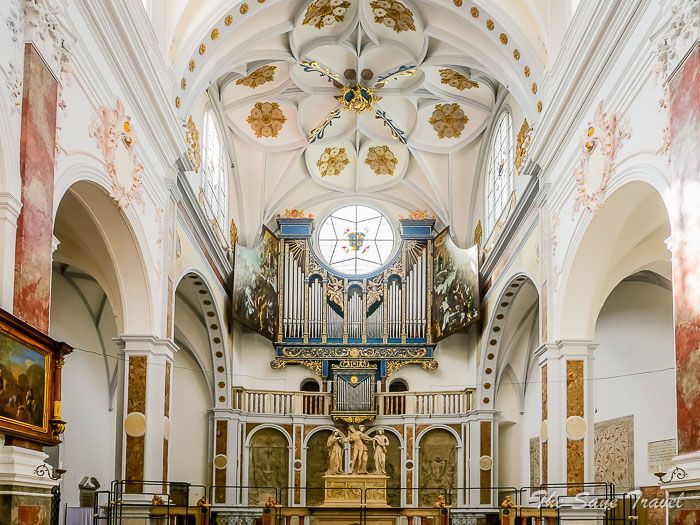
Afterwards, make your way to Town Hall Square with a short stop at Fugger Square.
Monument to Hans Jakob Fugger
In the centre of Fugger Square stands a monument to the scholar Hans Jakob Fugger, which Louis I of Bavaria commissioned. Contrary to popular belief, the monument does not commemorate Jakob Fugger the Rich, but rather Johann (Hans) Jakob Fugger (1516–1575), who was the nephew of Jakob Fugger and was known for supporting art and science.
Town Hall Square
Town Hall
Augsburg Town Hall, constructed in the early 17th century by master builder Elias Holl, is considered a significant secular building of the German Renaissance. The Golden Hall within the town hall is known for its gilded wooden ceiling and is considered one of the most impressive ceremonial rooms in Germany. It is a popular tourist attraction in Augsburg, featuring three storeys filled with lavish gilding, decoration and various artworks.
Perlach Tower
The Town Hall and the Perlach Tower in Augsburg are impressive places you do not want to miss. Originally built in 989 as a watchtower, Perlach Tower offers excellent views of the city and is one of the tallest buildings in Augsburg. The tower has been expanded over the years and now reaches 70 metres in height. Climbing 258 steps to the observation deck is challenging, but the panoramic view of Augsburg is worth it. On clear days, a yellow flag is raised on the tower, indicating visibility to the Alps.
Your next stop is Augsburg Cathedral.
Augsburg Cathedral
Augsburg Cathedral, constructed in the 11th century, was built on top of a Carolingian structure that still has a preserved crypt. In the 14th and 15th centuries, a Gothic chancel and two significant figural portals were added to the church. The cathedral is home to numerous artistically crafted tombstones from the late 13th century. It also houses what are believed to be the world's oldest antique stained glass windows, with the stained glass windows in the southern clerestory likely being the oldest. These windows feature portraits of the prophets David, Jonah, Daniel, Moses and Hosea, which are thought to be a part of a larger series that is now missing. Additionally, more recent stained glass windows within the church depict biblical scenes and stories of the Virgin Mary.
In front of the cathedral, you will see three statues.
Monument to three saints
The life-size bronze statues of three diocese patrons closely connected to Augsburg are Saint Bishop Ulrich, Saint Afra and Saint Bishop Simpert. Ulrich is depicted on a horse with a raised cross, symbolising his role in the Battle of Lechfeld. Afra is shown enduring her supposed ordeal, tied to a tree trunk and either beheaded or burned. Simpert is portrayed with an infant and a wolf, as it is believed that his intercession helped save a child from the clutches of a wolf. The fountain also includes a triangular water basin made of Flossenburger granite, with water flowing from two fish heads into the basin.
Then head to Fuggerei.
Fuggerei
Augsburg is well-known for the Fuggerei, a historic social housing estate built by the Fugger family of bankers in the Middle Ages. The Fugger and Welser families were prominent in European banking during the 16th century, with Jakob Fugger being the wealthiest man in the world 500 years ago. The Fuggerei was founded by Jakob Fugger in 1521 as a housing estate for needy citizens of Augsburg, providing them with dignified accommodation for a nominal annual fee. Today, the Fuggerei is the oldest social housing complex in the world, consisting of 67 buildings and 147 residences, along with a church. 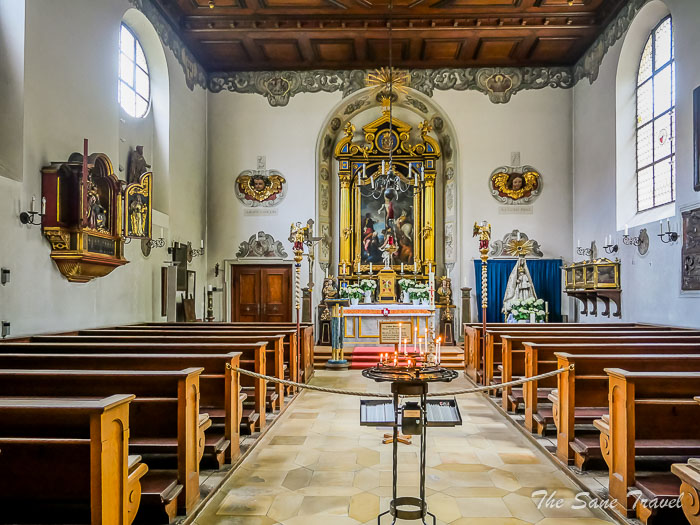
A helpful tip to remember is to pay attention to the doorbell pulls. Since all the buildings and doors look similar, residents in the past would often mistakenly try to enter the wrong apartment. To prevent confusion, each apartment door is equipped with a unique wrought iron doorbell pull, allowing residents to distinguish their door by touch.
Meal at Fuggerei restaurant
The Fuggerei's historic atmosphere sets the stage for a distinctive dining concept that brings a fresh twist to Augsburg's culinary scene. At this restaurant, traditional dishes are reimagined as Bavarian-Swabian tapas. Additionally, the menu offers a variety of other dishes to enjoy.
Your next stop is Waterworks at Vogeltor.
Waterworks at Vogeltor
UNESCO recognised the Augsburg Water Management System as a World Heritage Site in 2019 due to its medieval canals and water towers, showcasing advancements in hydraulic engineering. This system, consisting of 22 components, including hydroelectric power stations and fountains, has been instrumental in technological innovations related to waterways and drinking water supply. Originating in the Middle Ages, the canals were initially built to provide water to various industries such as mills, tanneries, textile producers and goldsmiths. The third waterworks, constructed in 1538 next to the Vogeltor city wall, primarily supplied drinking water. The system includes twenty-nine Lech River canals stretching 77 km throughout the urban area, essential for water supply to craftsmen's businesses and later to factories and for electricity generation.
Schaezlerpalace museum
The Schaezlerpalace, located near the Hercules Fountain on Maximilianstrasse, is considered Augsburg's most significant and well-preserved private residential and commercial building from the 18th century. 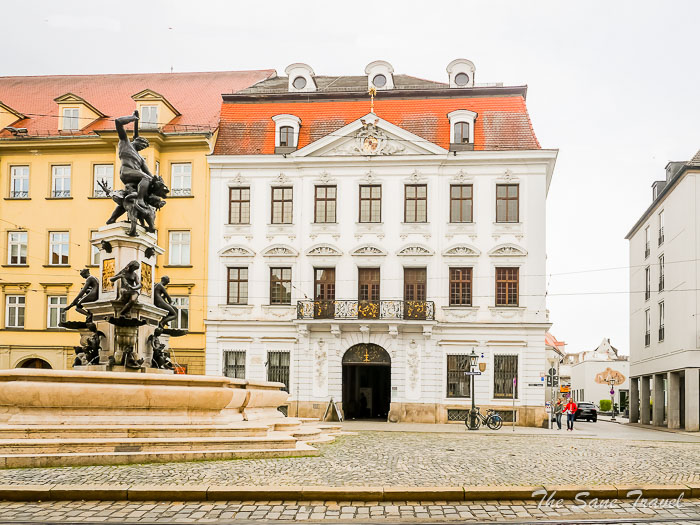
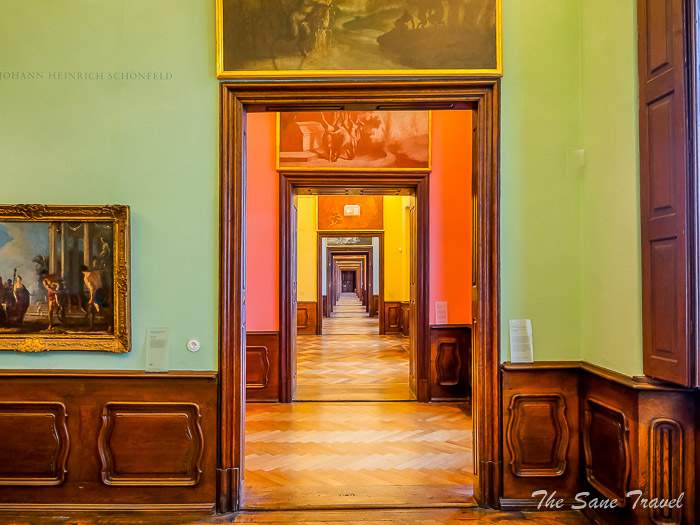

Hercules Fountain
The Hercules Fountain, designed by Adriaen de Vries in the late 16th century, is a significant component of the Augsburg Water Management System and forms part of the UNESCO World Heritage site. The sculpture features Hercules slaying the Hydra, a mythical seven-headed creature from Greek mythology. Below the sculpture are naiads, thought to represent goddesses associated with time and fate. Additionally, there are three boys with geese and three men with seashells depicted in the design, which was quite popular during the Middle Ages.
Kathan House
The Kathan House, located at Kapuzinergasse 10, is a townhouse with a core dating back to the 17th century. It is known for its stunning rococo facade paintings featuring colourful religious and allegorical motifs on both the street and garden sides of the building. This style of facade painting was common in Augsburg during the Rococo period, and the Kathan House is one of the few remaining examples. Although the painting is not original, it provides insight into what painted houses in Augsburg looked like in the 18th century. The house was owned by Johann Baptist Schger and his family from 1730 to 1770, during which the facade painting was added. In 1847, the house was acquired by merchant and paper manufacturer Peter Kathan (1821–1893), whose name it still bears today.
Basilica of SS. Ulrich and Afra
The Basilica of SS. Ulrich and Afra originated in the Roman tomb of Saint Afra, who was martyred in 304 during the persecution of the Roman Emperor Diocletian. Bishop Narcissus converted Afra and her family to Christianity. When her faith was discovered, Afra was brought before Diocletian and ordered to worship pagan gods, but she refused and was sentenced to death by fire. Along with Saint Ulrich, she is a patron saint of Augsburg. Saint Ulrich, born around 890, became the Bishop of Augsburg and was the first saint canonised by Pope John XV in 993. He was consecrated as bishop of Augsburg in 923 and was known for his leadership during times of invasion, as well as for rebuilding decayed churches and caring for the sick. The Basilica of St. Ulrich and St. Afra in Augsburg is a significant church and the final resting place of Saint Ulrich, Saint Afra and Saint Simpert. The basilica is a place of worship, prayer and pilgrimage, showcasing Gothic architecture and three impressive altars of Renaissance art.
The tour concludes here, so it is time to return to the railway station. Hop on your train and take the opportunity to reflect on the memorable day and all the sights you experienced in Augsburg.
Few suggestions
A few suggestions for additional stops on your tour could include the vibrant Weavers House at the corner of Moritzplatz, the nearby Mercury Fountain and the Augsburg Synagogue. This historic synagogue, more than a century old, is considered one of the most impressive synagogues in Europe. It can be found at Halderstraße 6-8.
Practical tips
If you decide to arrive by car, you have the flexibility to start and end your tour at a location along the route that is convenient for you. I have included a map outlining the walking route and main points of interest for your tour of Augsburg to help you visualise the distances and attractions.
Like it? Pin it!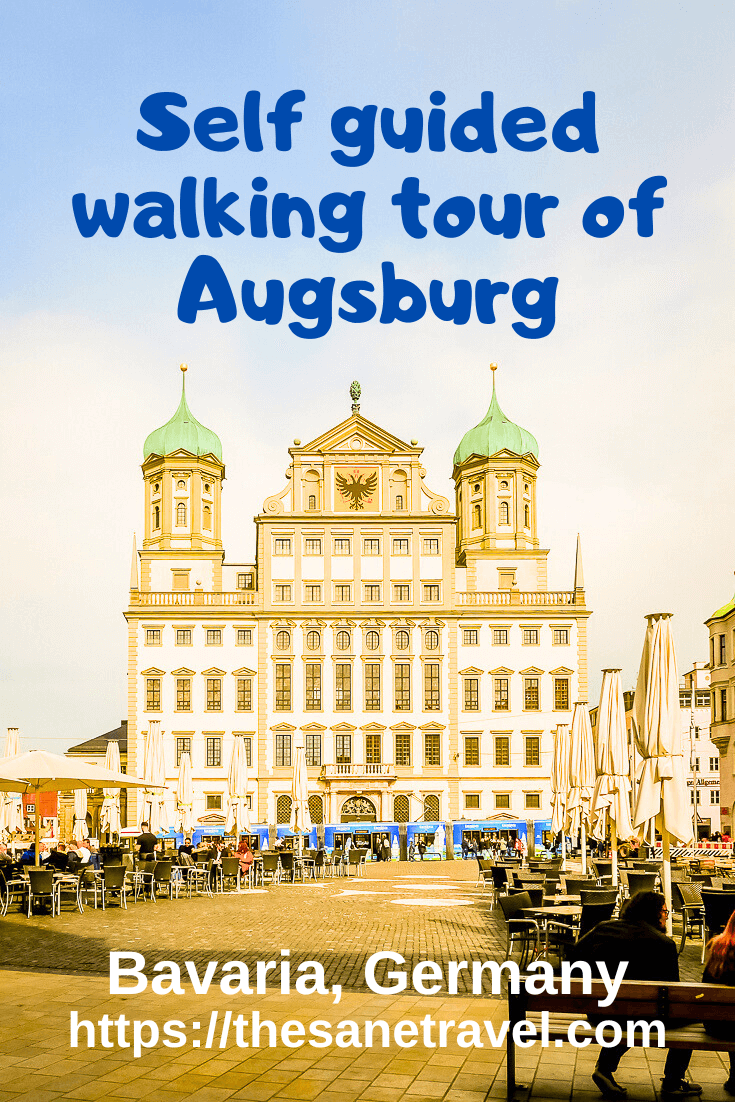
What did you think? Have you visited Augsburg? I would love to hear from you, so please add your comment below.
Author: Anita Sane

About the author
Anita is a part-time traveller, passionate photographer and a retired career woman from Latvia, travelling mostly solo for more than 15 years. She is a skilled travel planner who plans and executes her travels by herself. Anita wants to show you how to travel the world and open your mind to new experiences. Follow her on Facebook, Instagram, Pinterest, Twitter and Bloglovin.

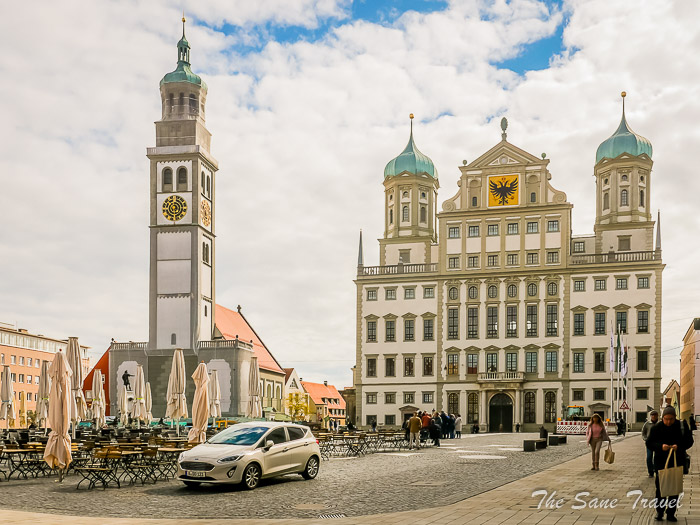
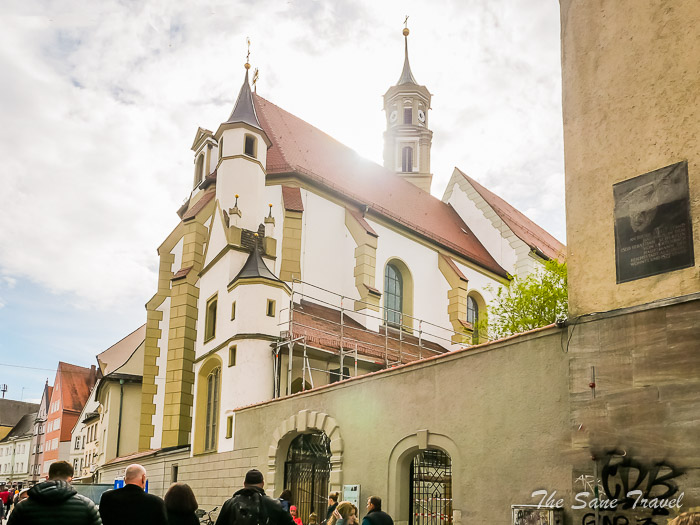
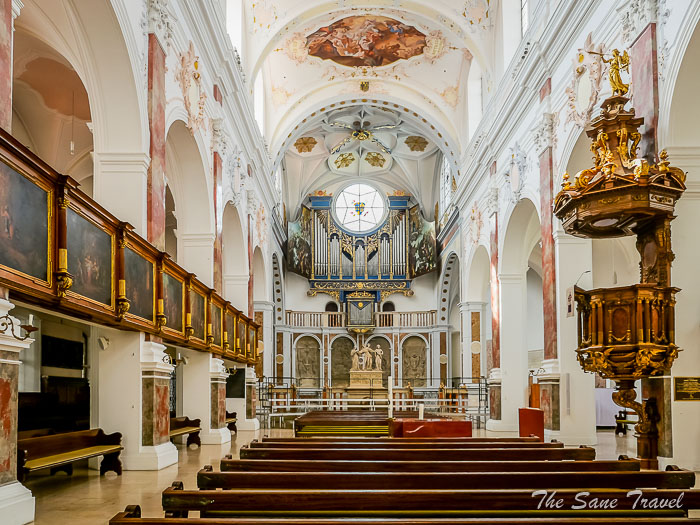
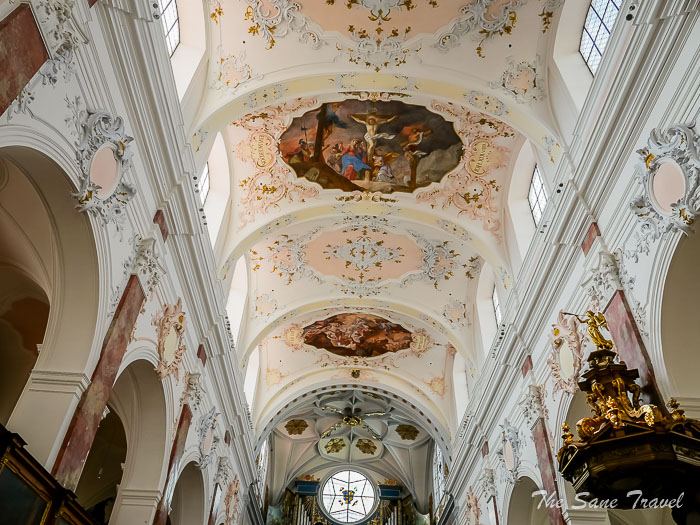
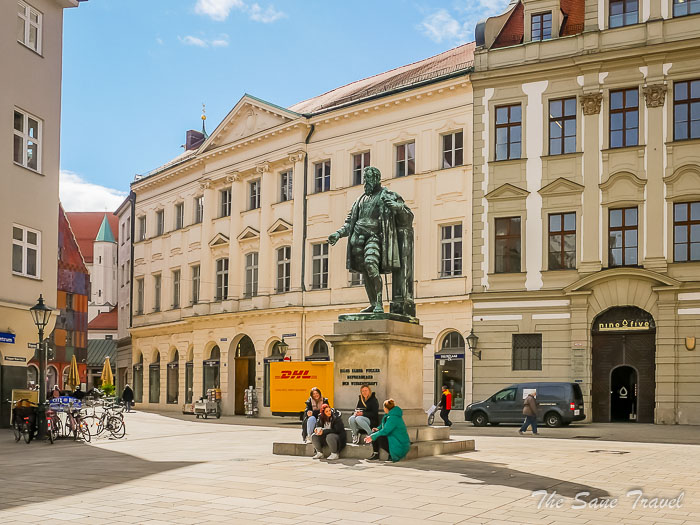
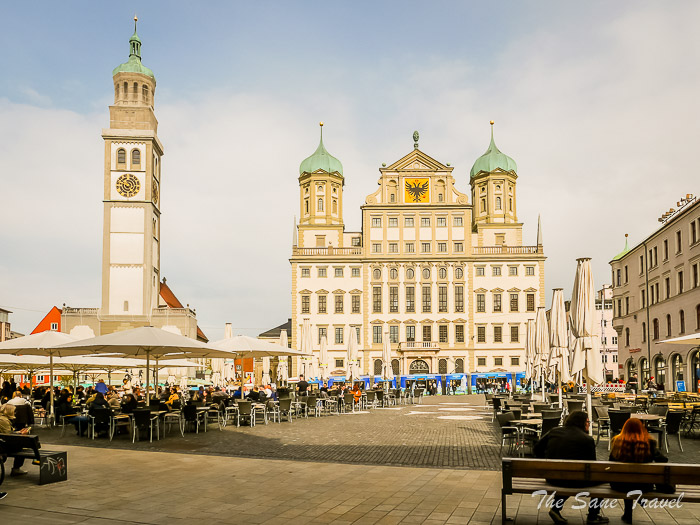
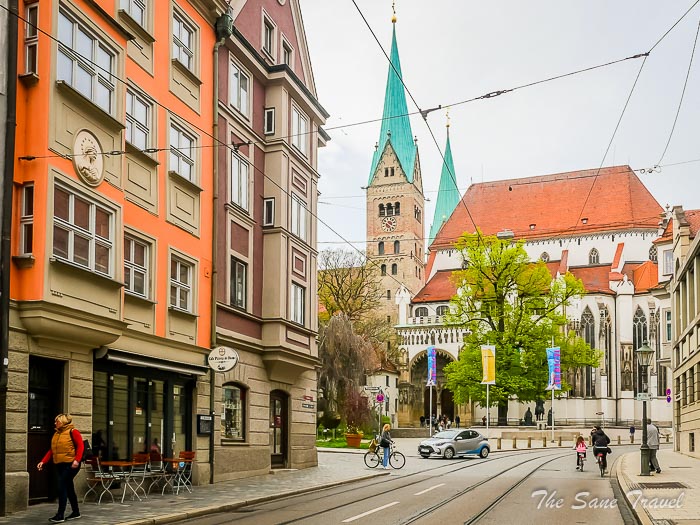
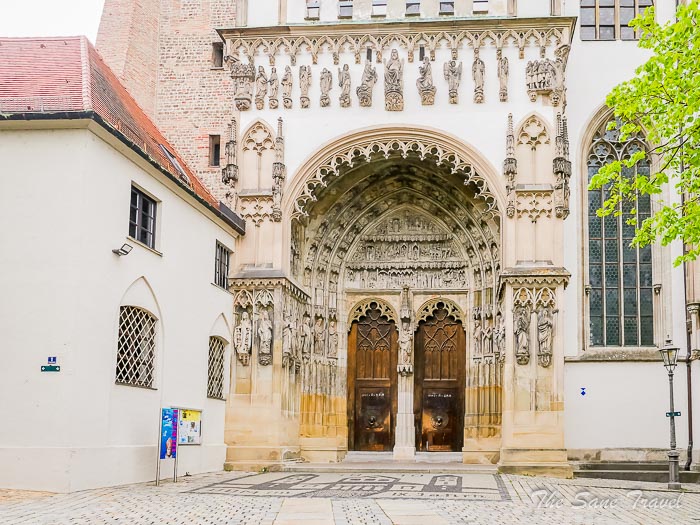
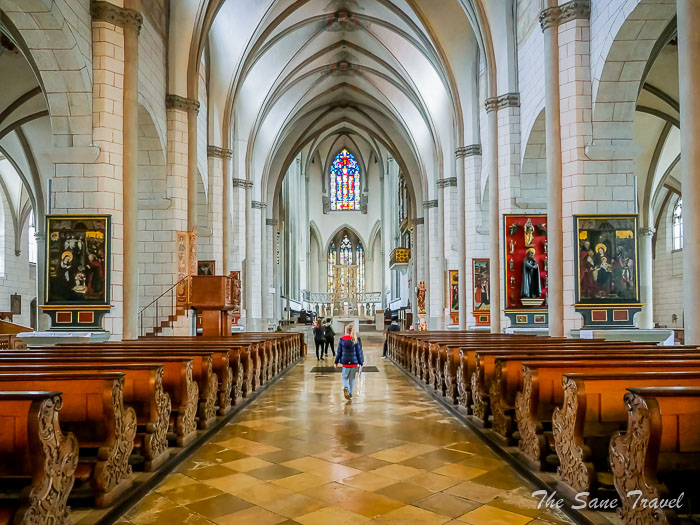
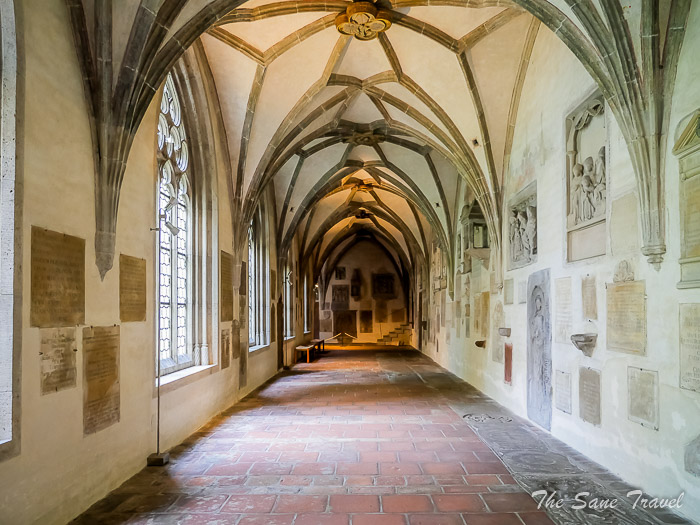
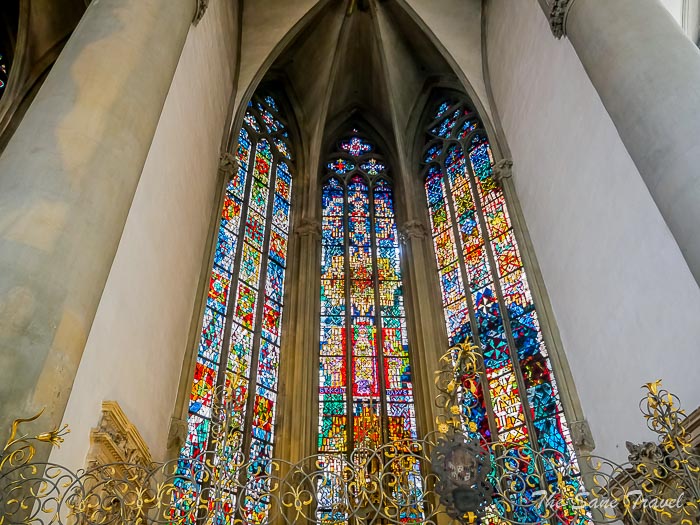
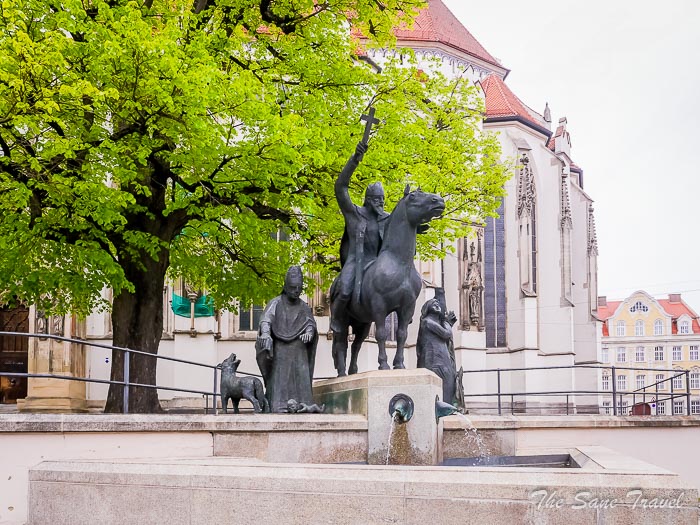
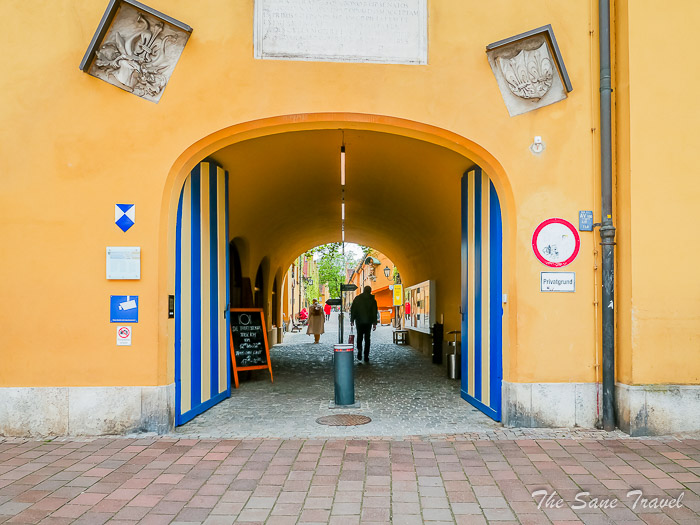
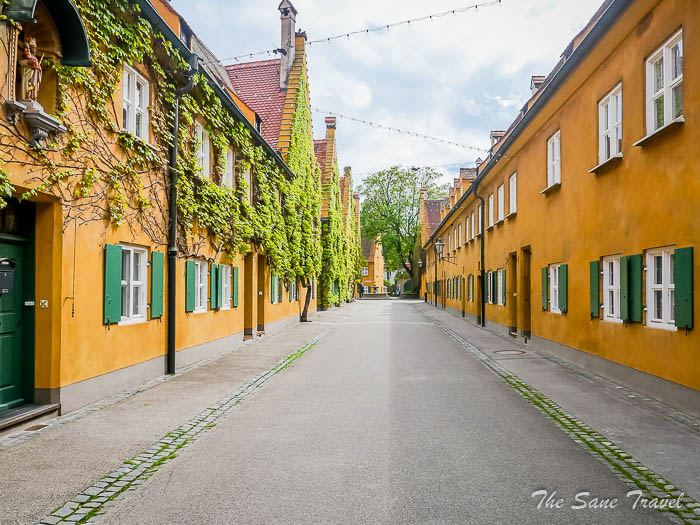
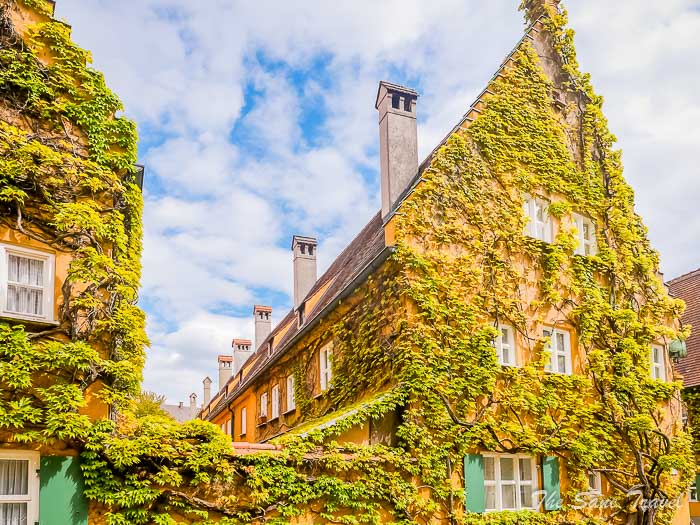
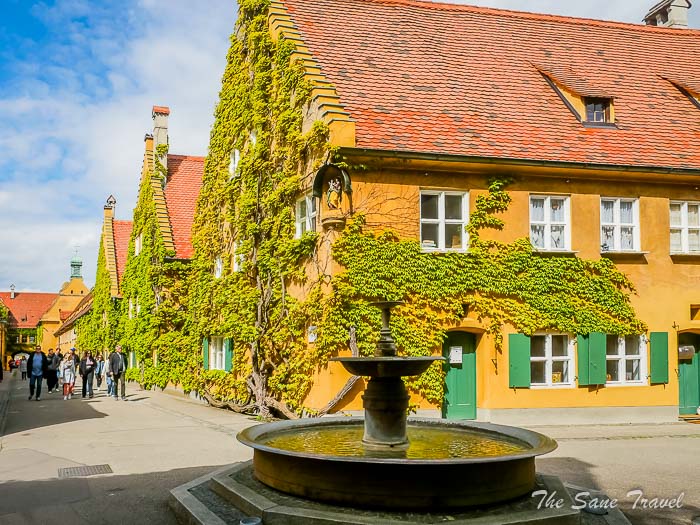
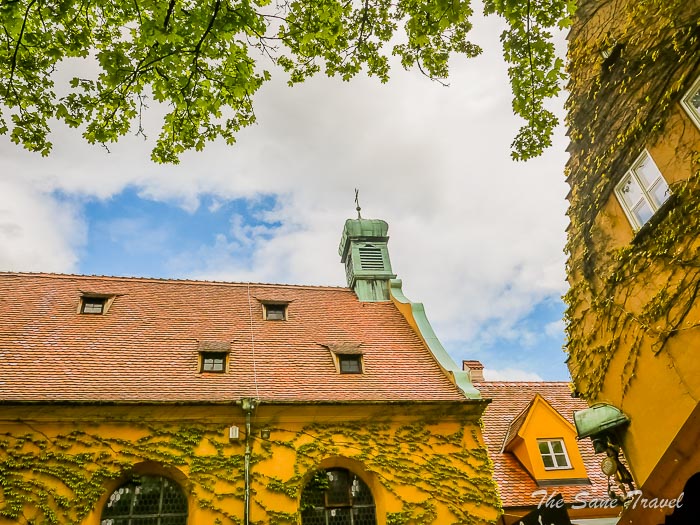
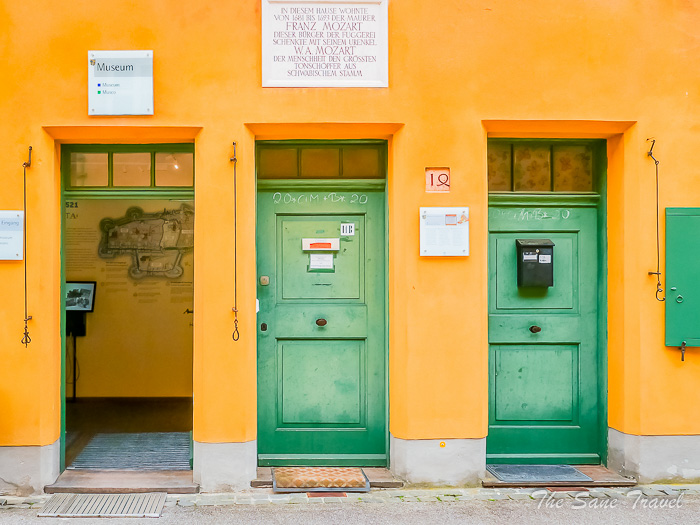
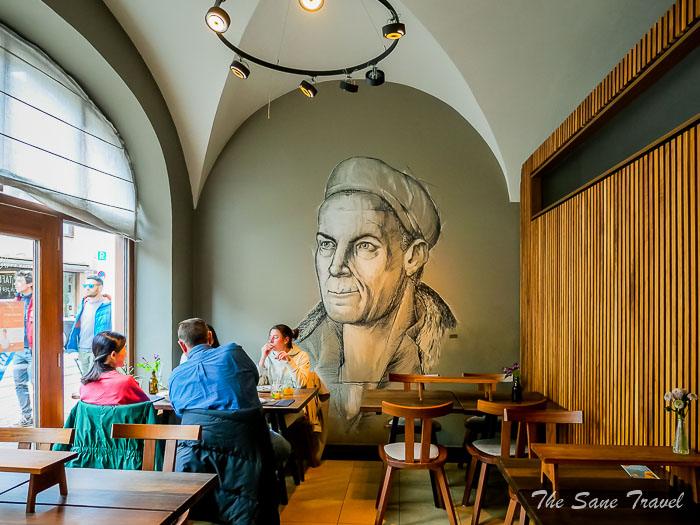

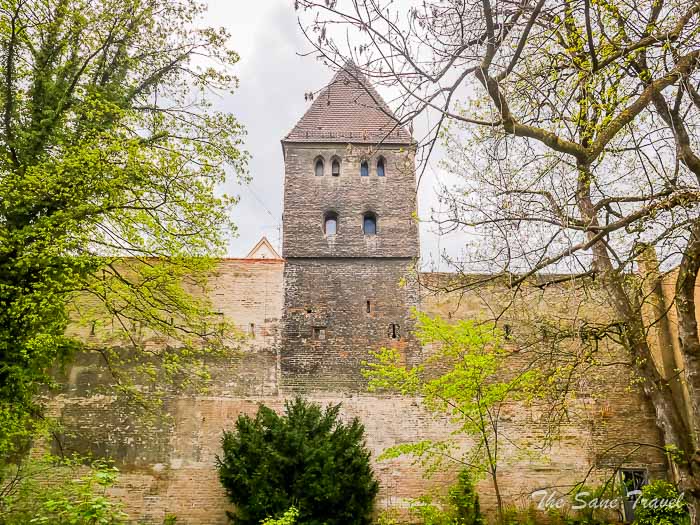
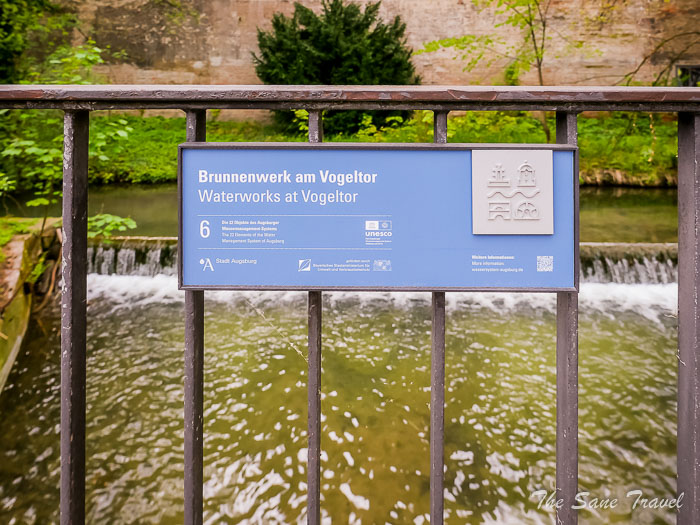
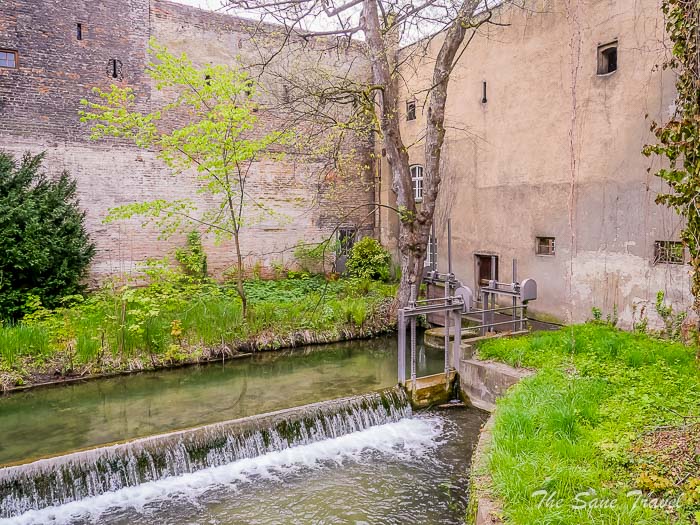
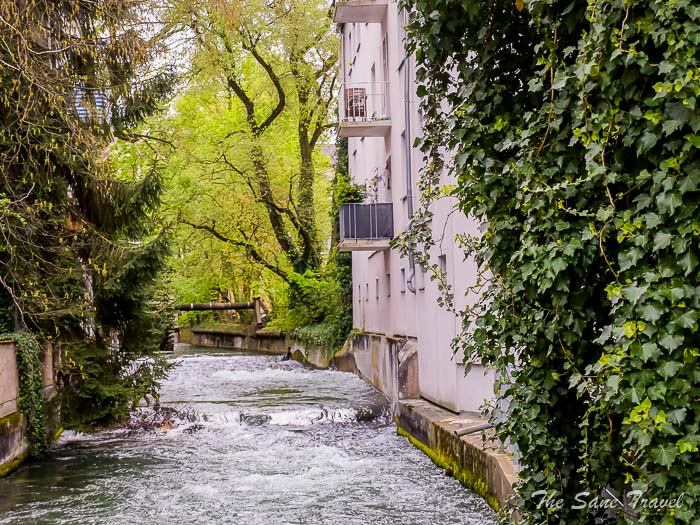
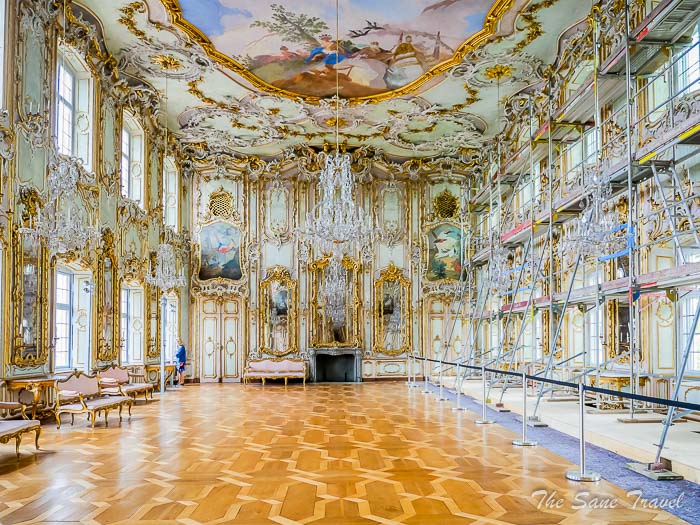
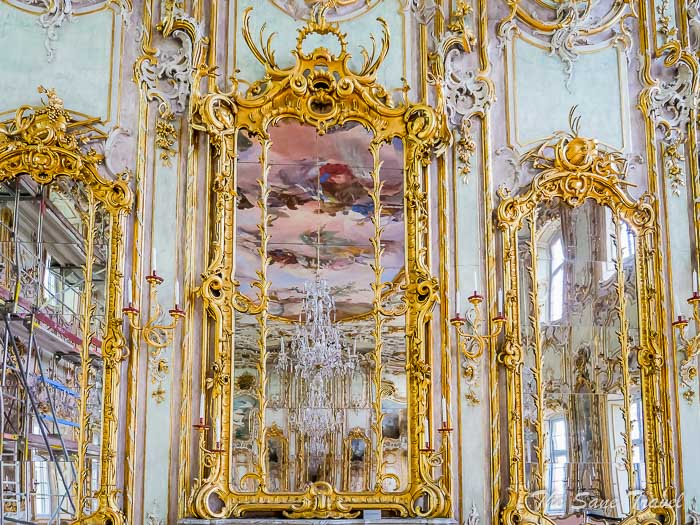
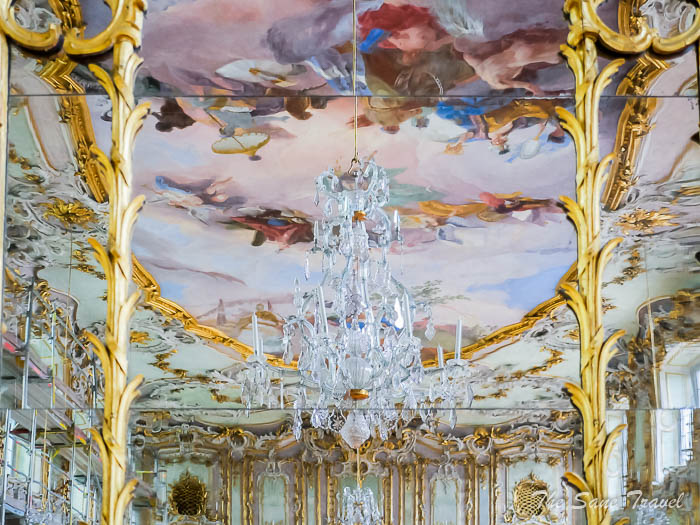
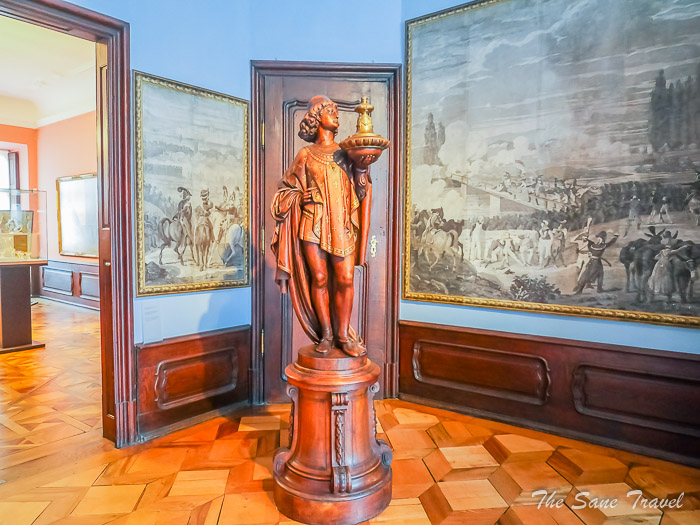
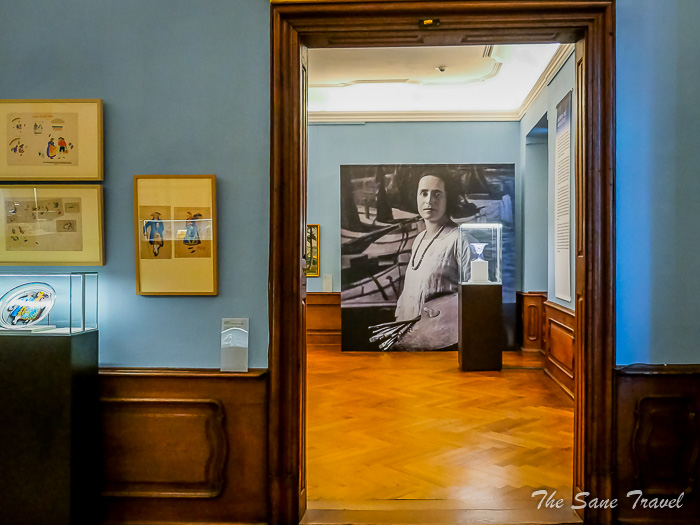
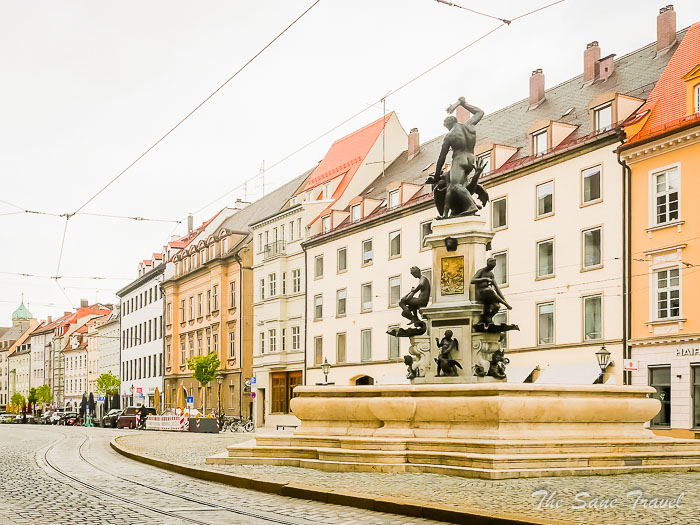
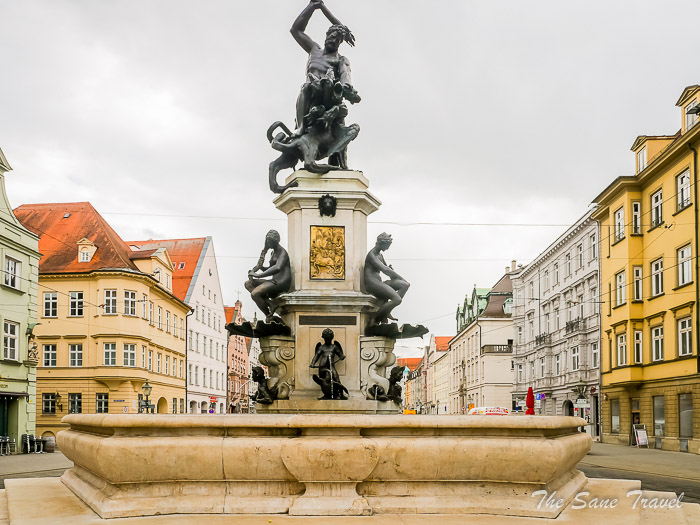
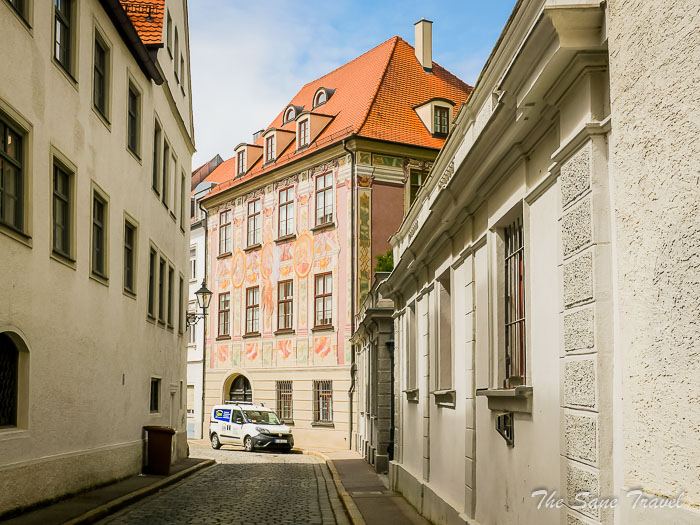
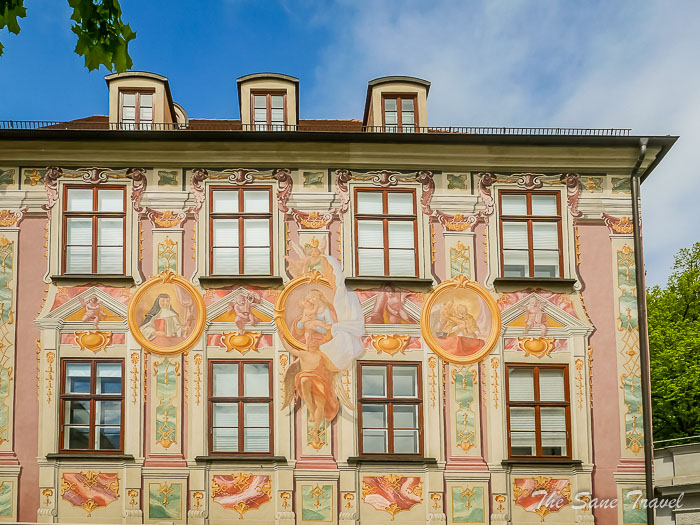
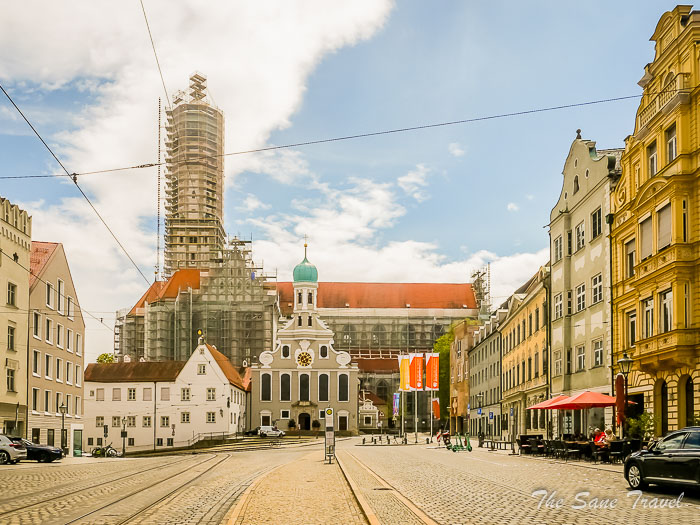
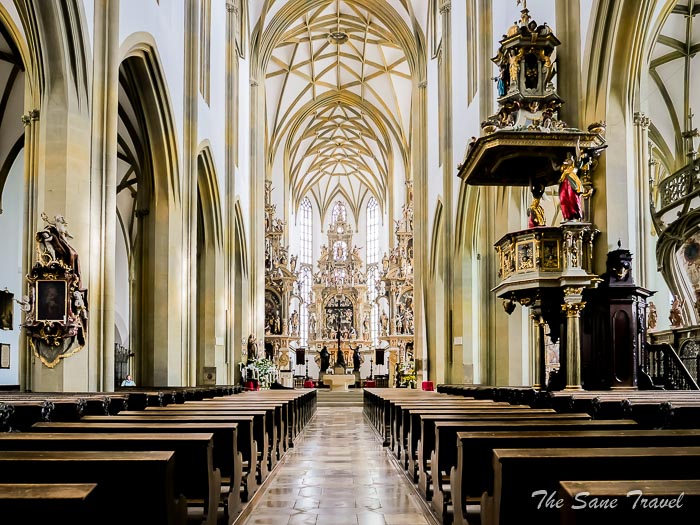
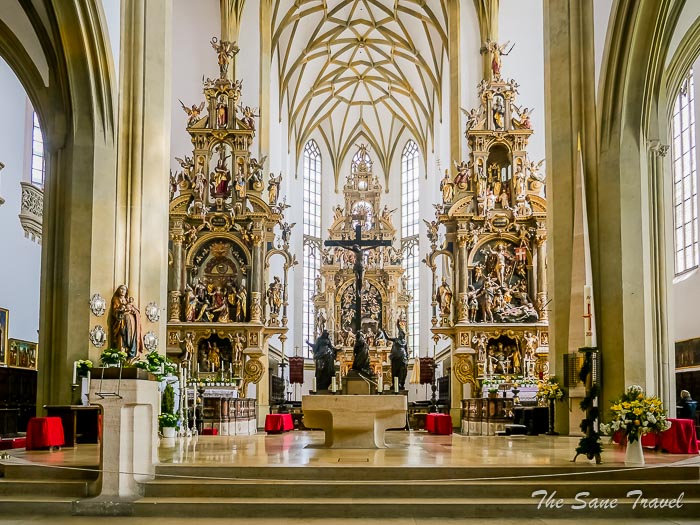
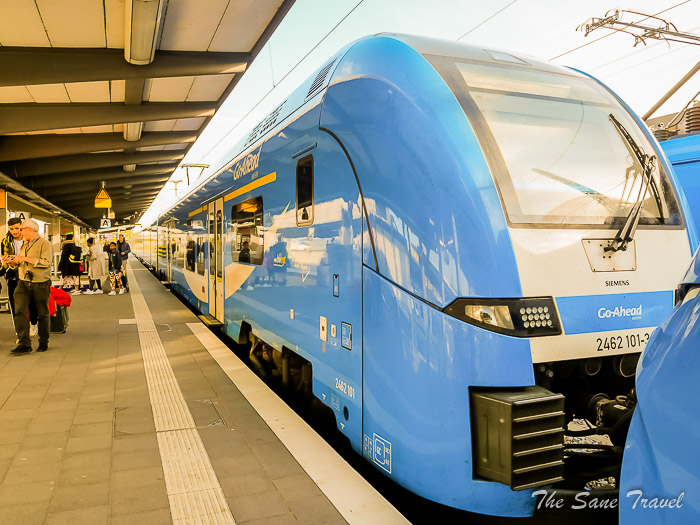
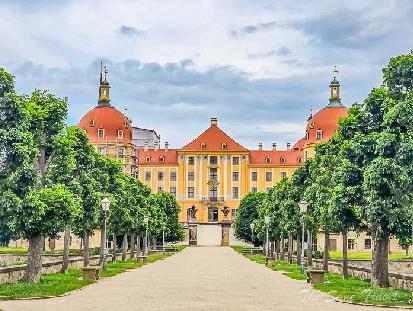
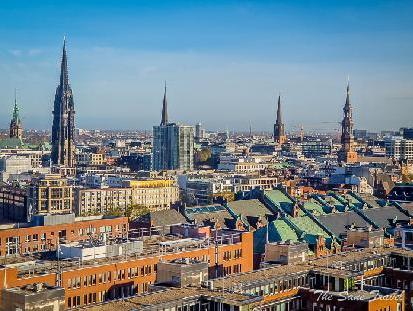
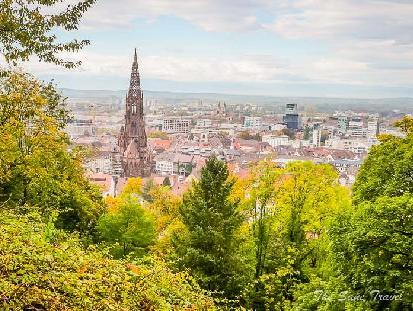

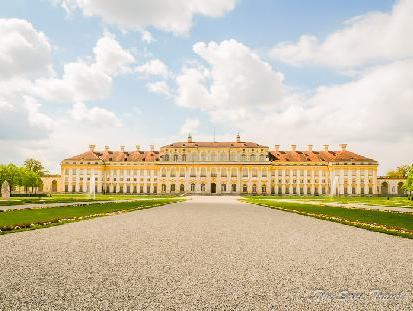
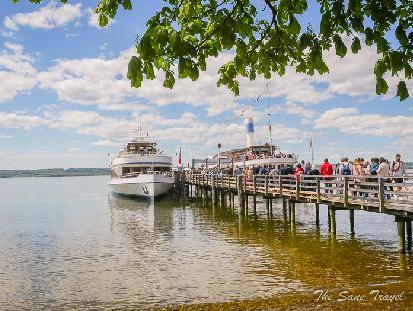
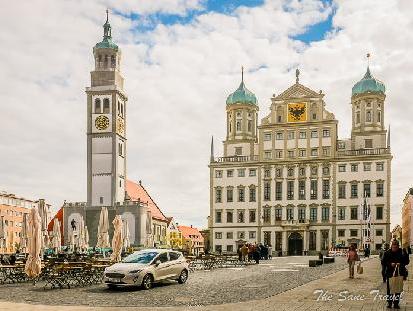
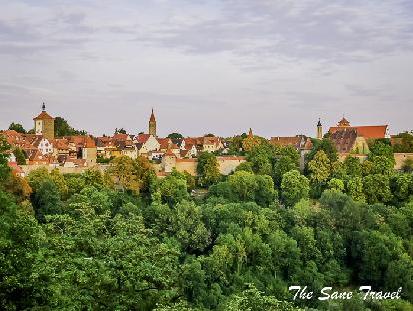
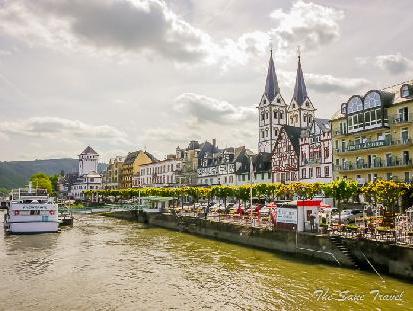
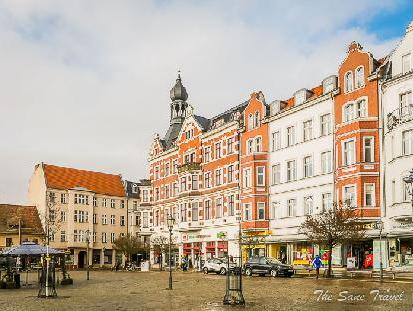
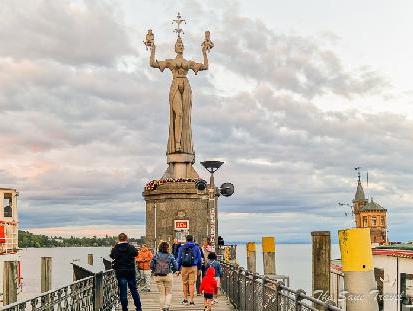
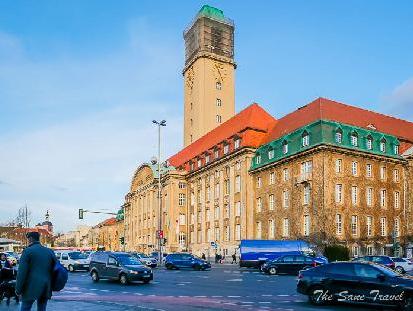

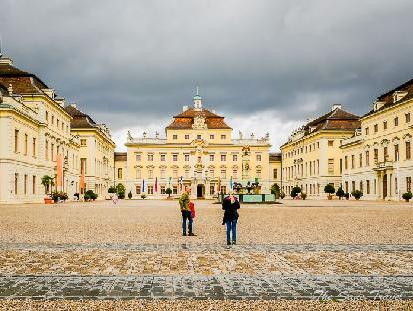
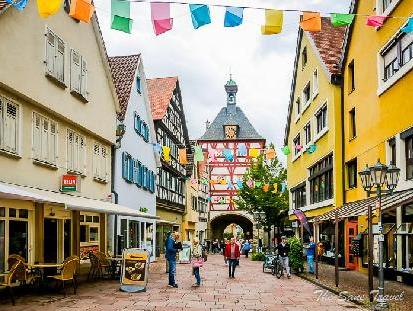
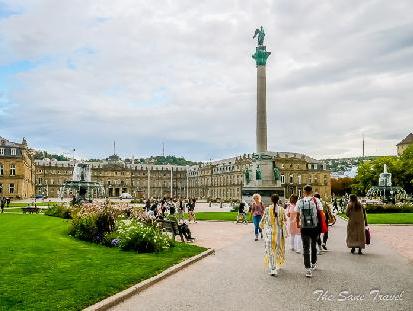

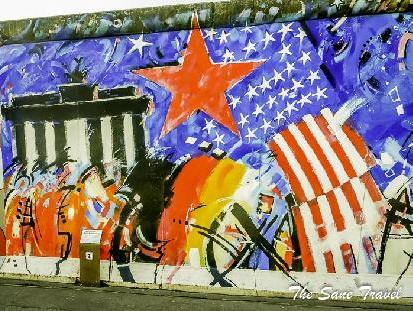
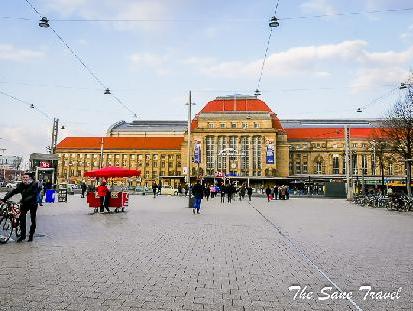
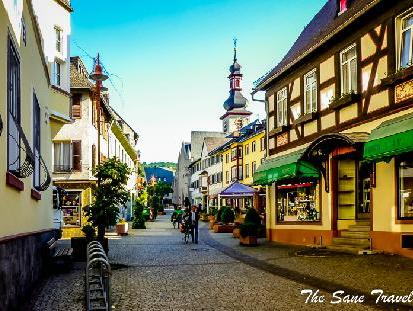
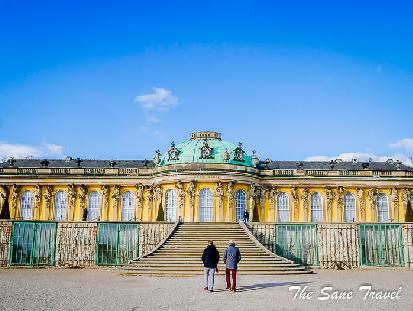
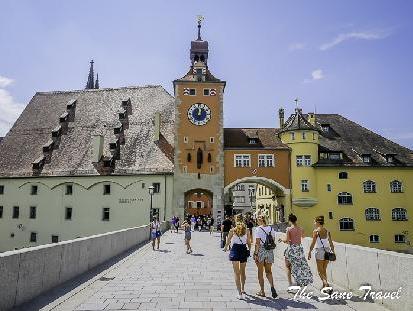
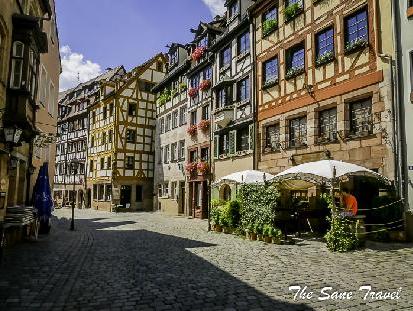
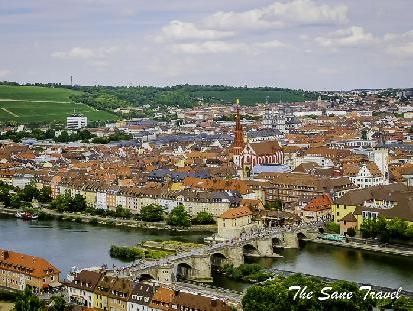
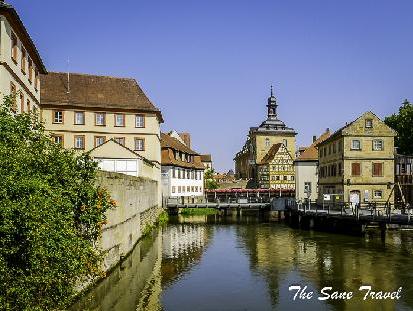
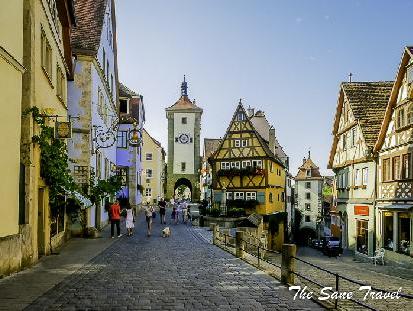
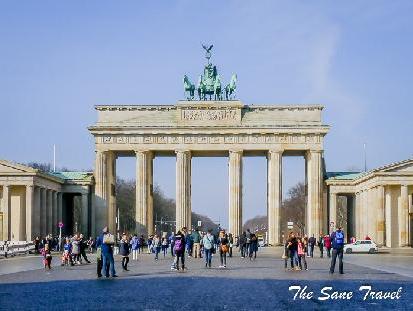
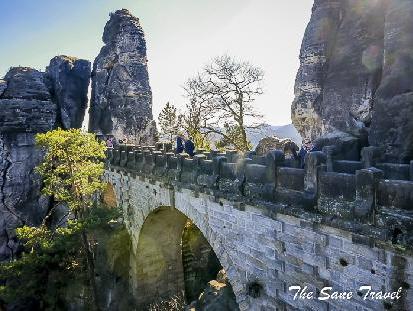
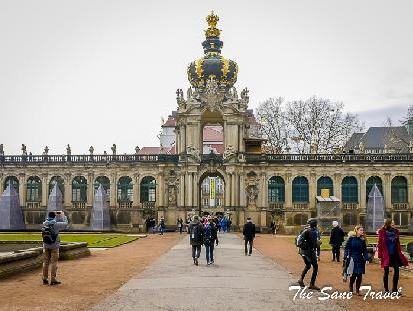
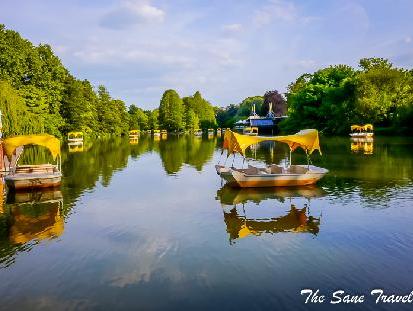
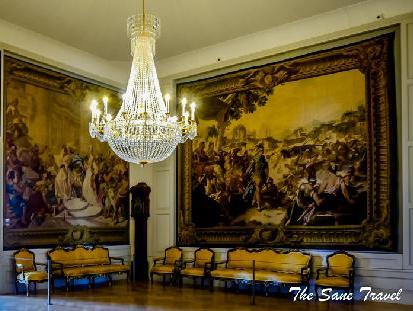
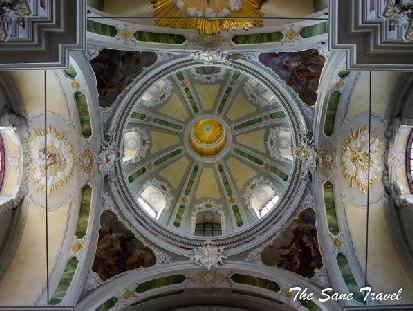
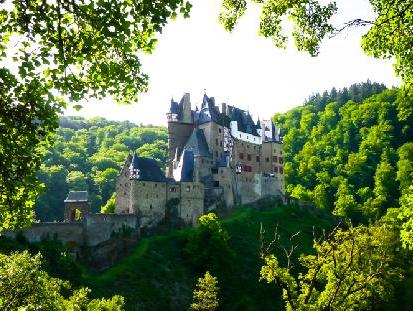
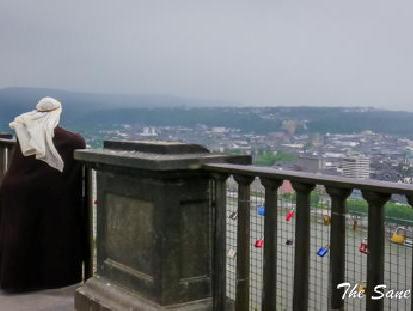
Report
My comments